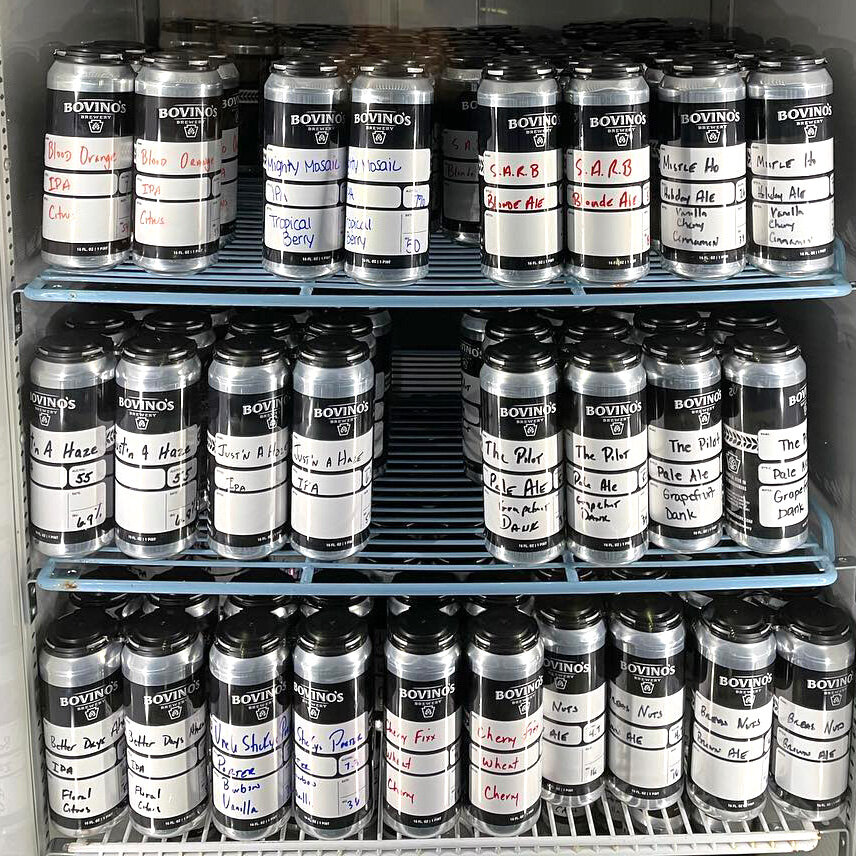The Perfect Timing:
How to Align Energy Drink Consumption with Your Work and Study Rhythm
Circadian Peaks & Slumps Explained
Understanding the ebb and flow of our energy levels throughout the day can be a game changer for productivity. Research shows that our circadian rhythm, the near-24-hour cycle regulating sleepiness and alertness, dictates windows of peak performance. Studies using cognitive tasks have demonstrated that alertness tends to rise within the first few hours after waking, plateau, and then dip in the mid-afternoon before a smaller rebound in the early evening. Mapping energy drink intake to these natural fluctuations can maximize benefits while minimizing crashes.


Why Delay Your First Energy Drink by 60–90 Minutes
Moreover, the timing of caffeine consumption relative to the body’s hormonal profile is crucial. Cortisol, the stress hormone that also governs wakefulness, typically peaks between 7 and 8 a.m. shortly after waking and gradually declines over the day. Consuming caffeine during this cortisol peak may lead to diminished stimulatory effects and accelerated tolerance buildup. Consequently, delaying the first energy drink by 60 to 90 minutes post-awakening can circumvent this interaction and extend caffeine’s efficacy.
Evidence suggests that the optimal window for a morning boost lies between approximately 9:30 and 11:30 a.m., when cortisol levels have subsided yet cognitive performance remains in an ascending phase. A similar targeted intake around 1:30 to 2:00 p.m. can counteract the post-lunch energy slump without interfering with nocturnal rest. Waiting at least three to four hours between doses helps maintain caffeine sensitivity and reduces sleep disruption.
Optimal Mid-Afternoon Boosts
Each 12-ounce can of GET MORE DONE (GMD) delivers about 150 milligrams of caffeine, fitting neatly into this boost schedule without exceeding safe daily limits. The product also contains a balanced blend of electrolytes and B-vitamins to support sustained focus and hydration. For students, a mid-morning GMD can sharpen attention ahead of lectures, while a mid-afternoon dose helps power through study sessions. Freelancers may find that a well-timed consumption jumpstarts creativity, and executives can leverage a late-afternoon boost to maintain clarity in back-to-back meetings.
Hydration & Caffeine Timing Tips
Hydration is another key factor in mindful energy drink use. Although caffeine has mild diuretic properties, the fluid volume in a typical serving usually offsets any extra fluid loss. Still, pairing each can with a glass of water ensures proper fluid balance and optimal physiological function. Finally, most health authorities recommend keeping total daily caffeine intake below 400 milligrams to avoid adverse effects such as jitteriness, sleep disturbances, and cardiovascular strain. Avoiding caffeine within six hours of bedtime can safeguard sleep quality and overall well-being.
However, potencies often far exceed daily requirements. For example, a 12-ounce Red Bull can deliver approximately 360 % of the recommended daily allowance (RDA) for vitamin B₆ and 120 % of the RDA for vitamin B₁₂ in a single serving. While such levels are generally non-toxic due to the water-soluble nature of B-vitamins, excess intake offers no additional energetic benefit for most individuals.
By aligning GMD consumption with the science of circadian rhythms, cortisol dynamics, and hydration principles, readers can harness reliable, sustainable energy boosts tailored to their work and study patterns, without risking overstimulation or dependency.
Are you impressed ?
Energy drinks combine ingredients like caffeine, taurine, and B-vitamins to deliver an extra boost of energy and focus. Please consume them responsibly—adhere to recommended daily limits and stay properly hydrated. Always balance their use with a healthy diet, quality sleep, and regular exercise. If you have any health concerns or pre-existing conditions, consult a healthcare professional.